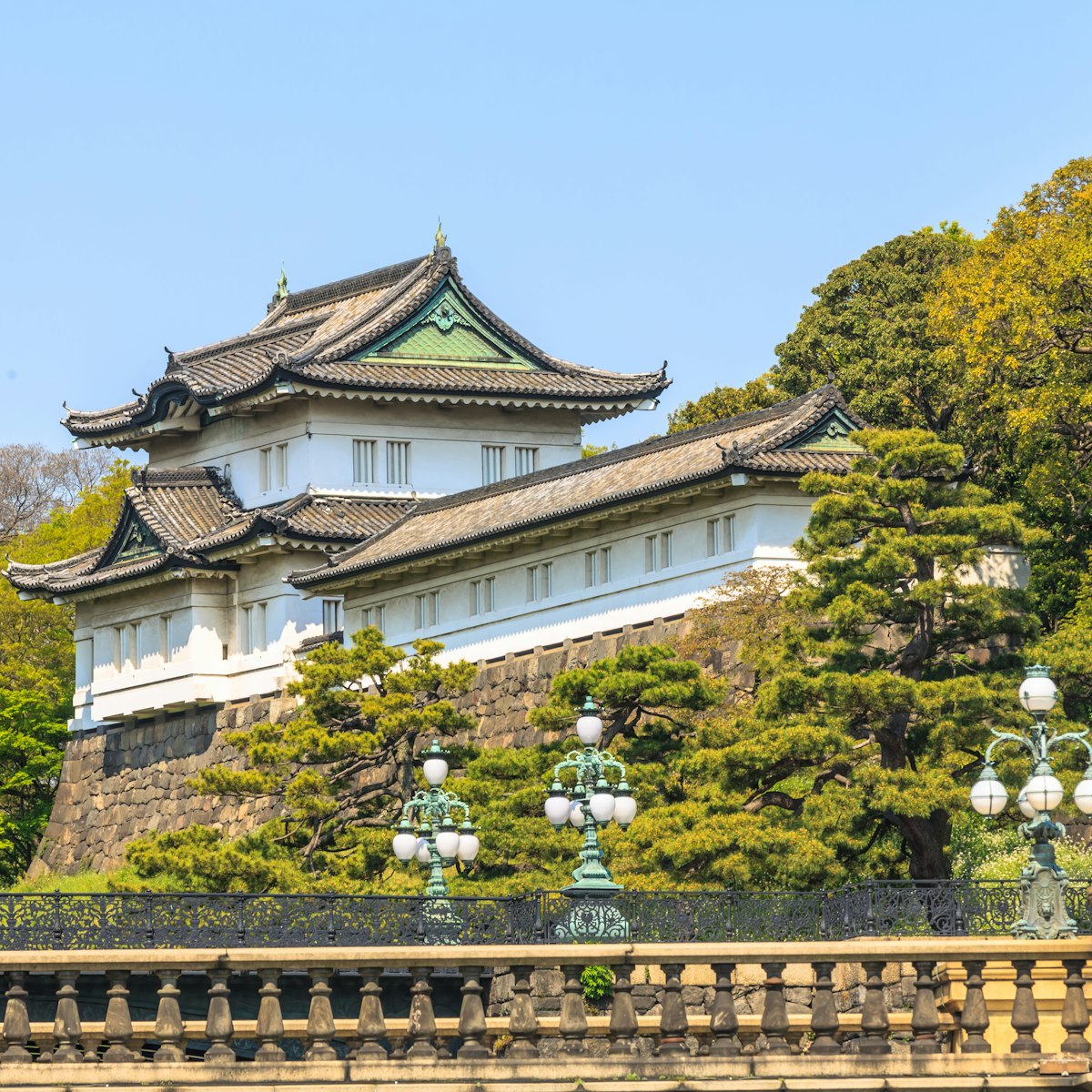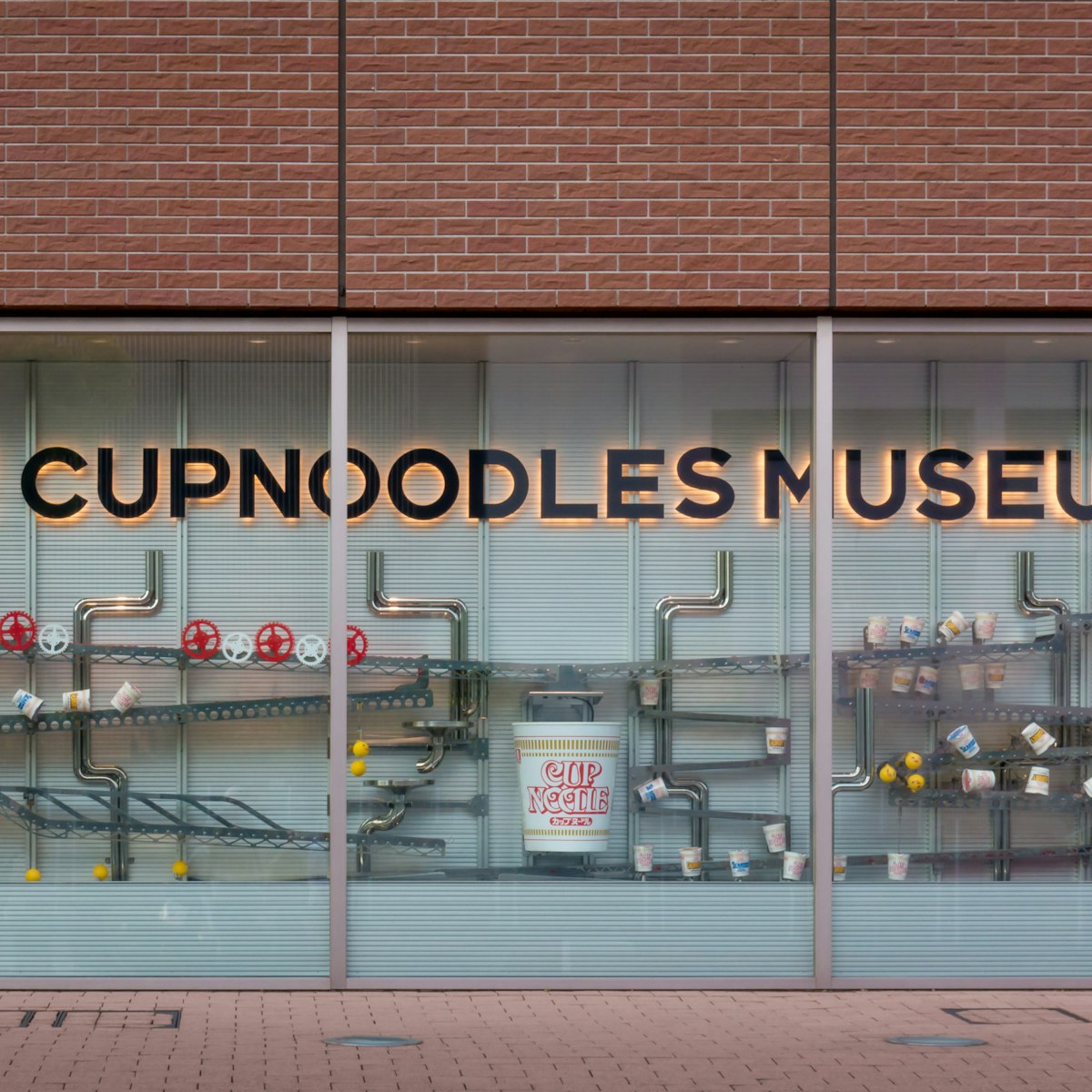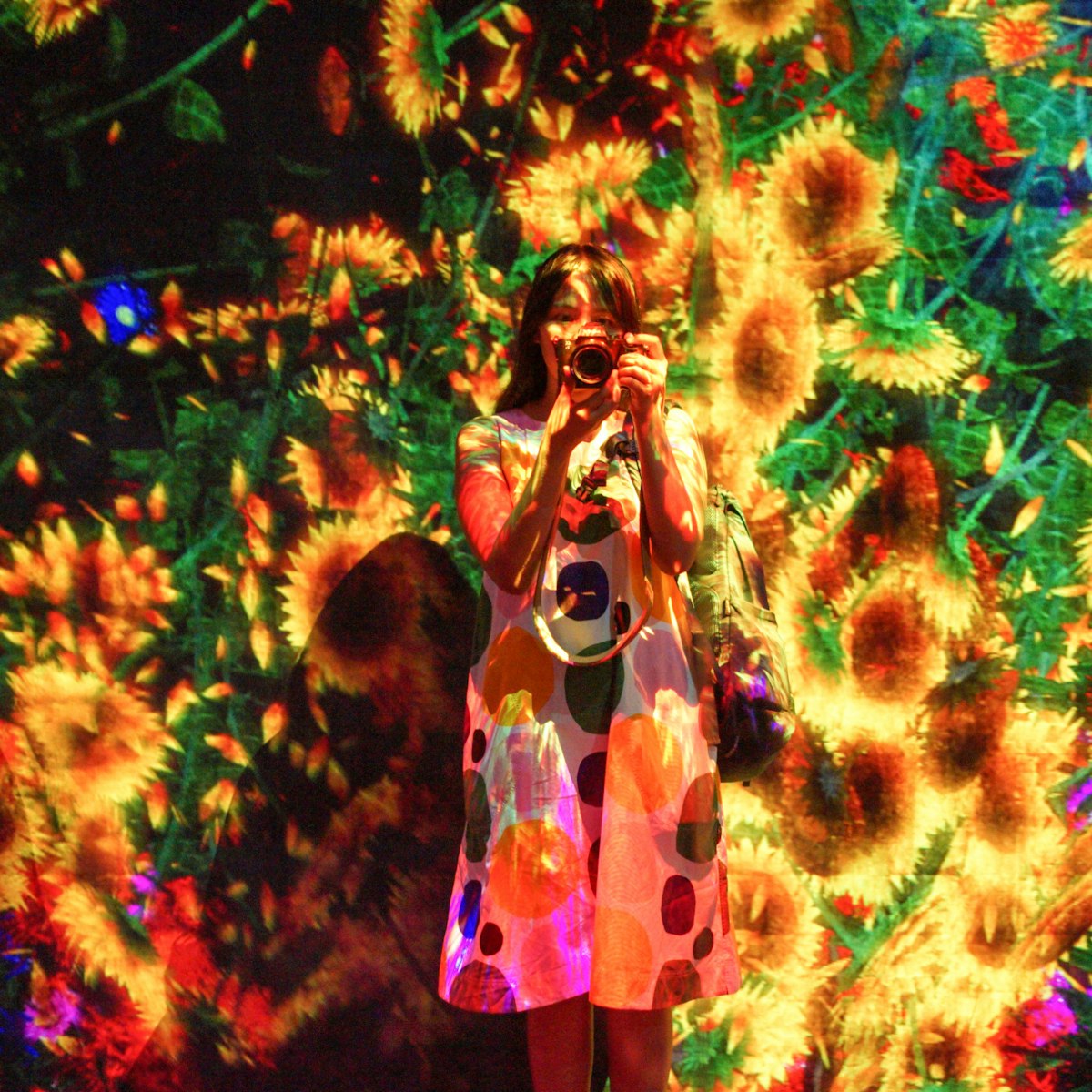This subtemple of Sensō-ji dates to the late 17th century. The deity enshrined here is a guardian of women and the temple is the site of a curious ancient ritual: hari-kuyō (the needle funeral). Annually on 8 February, monks perform last rites for broken or old sewing needles. Kimono makers and seamstresses express their thanks to the needles by sticking them in a block of soft tofu.
Lonely Planet's must-see attractions

3.28 MILES
The Imperial Palace occupies the site of the original Edo-jō, the Tokugawa shogunate's castle. In its heyday this was the largest fortress in the world,…

12.75 MILES
This museum is the heart of the Studio Ghibli world, a beloved (even 'adored') film studio responsible for classic, critically-acclaimed animated titles…

5.33 MILES
Golden Gai – a Shinjuku institution for over half a century – is a collection of tiny bars, often literally no bigger than a closet and seating maybe a…

1.14 MILES
If you visit only one museum in Tokyo, make it the Tokyo National Museum. Here you'll find the world's largest collection of Japanese art, including…

6.59 MILES
Rumoured to be the busiest intersection in the world (and definitely in Japan), Shibuya Crossing is like a giant beating heart, sending people in all…

19.96 MILES
This impressively slick attraction is dedicated to, you guessed it, cup noodles. But in reality, its focus is more broad, with numerous exhibitions…

4.75 MILES
Digital-art collective teamLab has created 60 artworks for this museum, open in 2018, that tests the border between art and the viewer: many are…

0.03 MILES
Tokyo’s most visited temple enshrines a golden image of Kannon (the Buddhist goddess of mercy), which, according to legend, was miraculously pulled out of…
Nearby Asakusa & Sumida River attractions
0.03 MILES
Tokyo’s most visited temple enshrines a golden image of Kannon (the Buddhist goddess of mercy), which, according to legend, was miraculously pulled out of…
0.05 MILES
On the grounds of Sensō-ji, this 53m-high, five-storey pagoda is a 1973 reconstruction of a pagoda built by Tokugawa Iemitsu in 1648. The current…
0.07 MILES
At the end of Sensō-ji's Nakamise-dōri, this gate is flanked by two fierce guardian deities. On the gate’s back side are a pair of 2500kg, 4.5m-tall…
0.09 MILES
Asakusa-jinja was built in honour of the brothers who discovered the Kannon statue that inspired the construction of Sensō-ji. Deep red in colour, the…
0.1 MILES
Senso-ji's eastern gate is one of the temple complex's rare, Edo-era buildings: it's been standing since 1618. Though it appears minor today, this gate…
0.12 MILES
The highlight of this museum is a fascinating collection of Japanese folk articles, mainly patched clothing and pieces of fabric, known as boro, gathered…
7. Edo Shitamachi Traditional Crafts Museum
0.17 MILES
Asakusa has a long artisan tradition, and changing exhibitions of local crafts – such as Edo-kiriko (cut glass) – are on display at this museum in a…
0.26 MILES
The Sensō-ji temple precinct begins at this majestic gate, from which hangs an enormous chōchin (lantern); look under this to see a beautiful carved…







